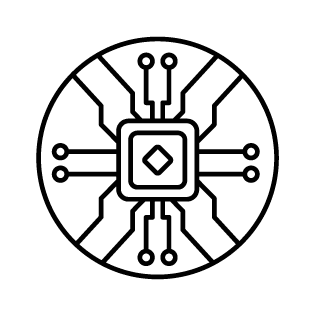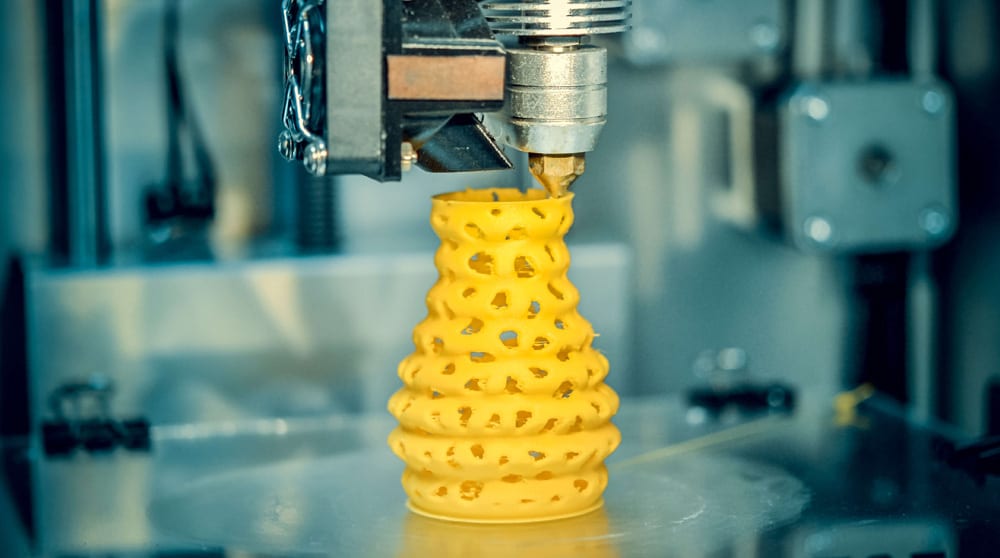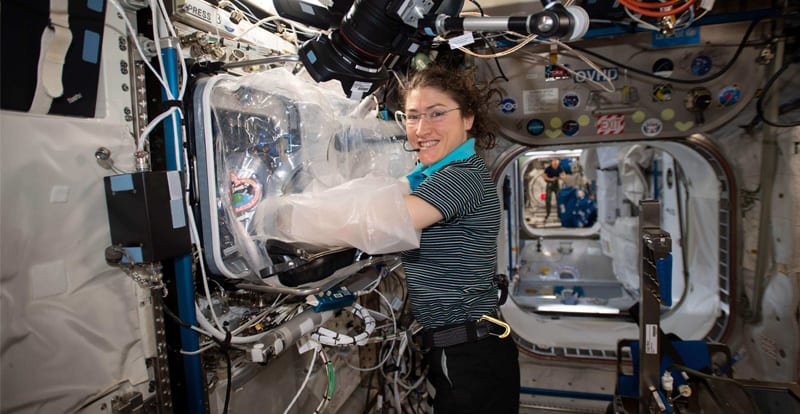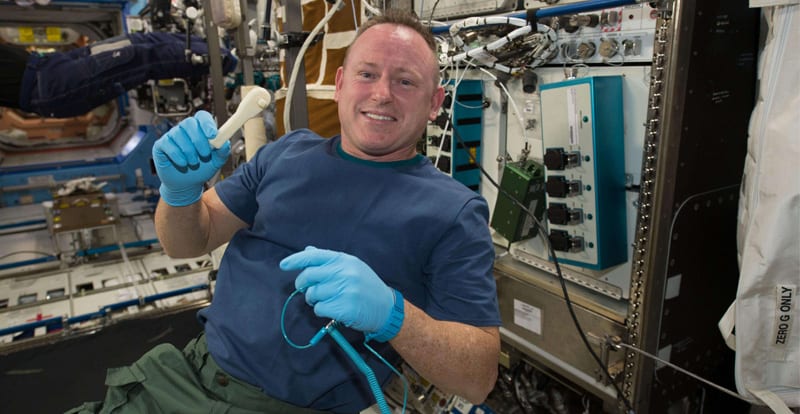I guess this isn’t a typical office printer?
Nope, this kind of printer works differently. Instead of putting down a single layer of ink on paper as regular printing does, 3D printing adds layer after layer of a material—such as plastic, metal, ceramic, or cells—until a desired object is built.
Because objects are built by adding material (rather than by taking it away as in machining, or reshaping it as in molding or forming), 3D printing is also known as “additive manufacturing.”














